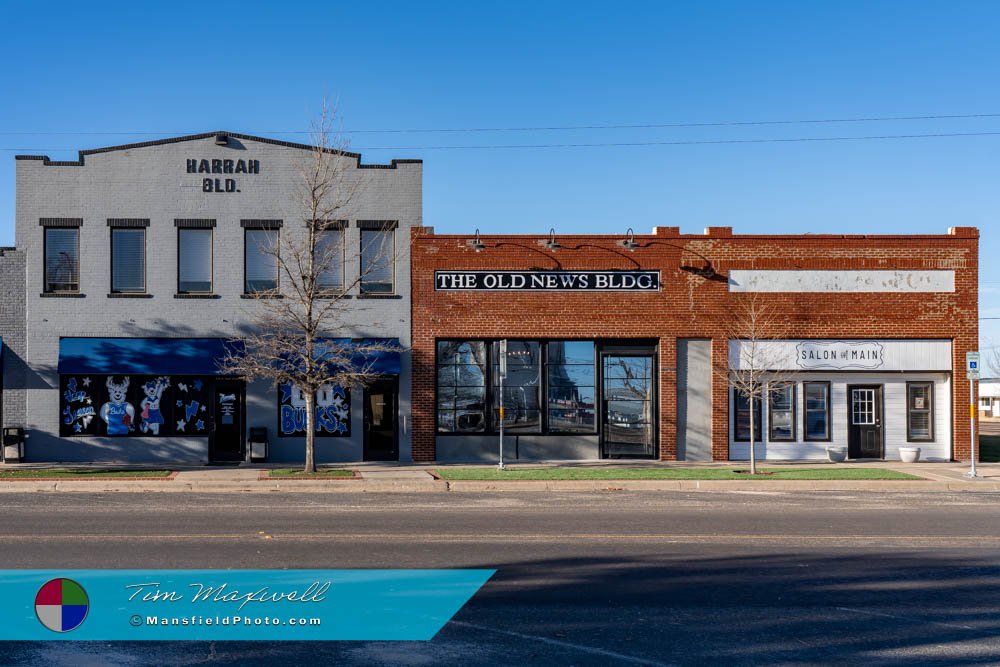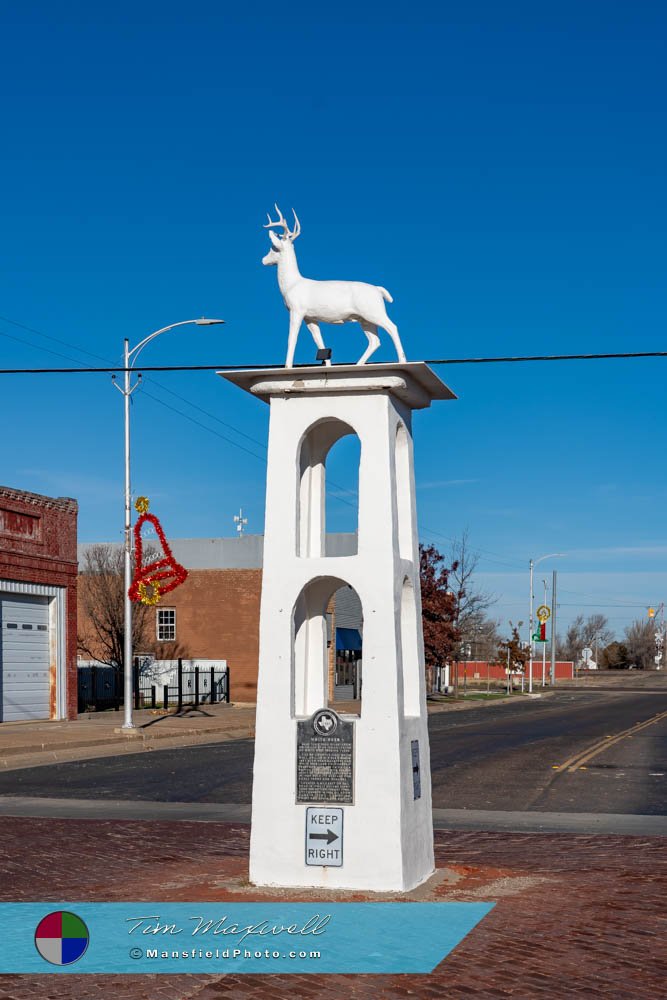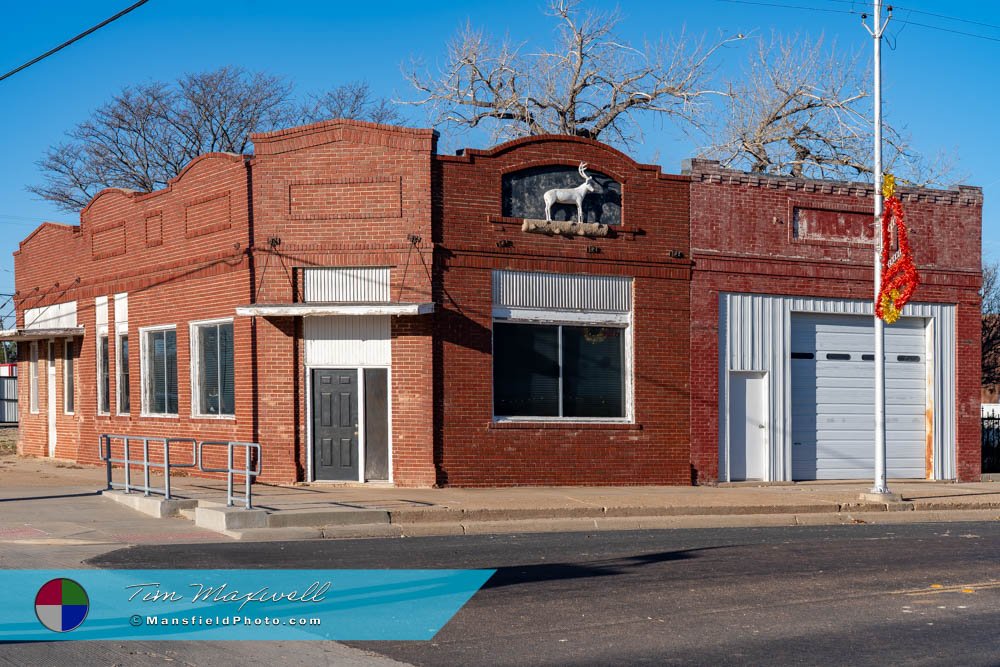Mansfield Photography
White Deer, Texas
– A Name to Remember.
White Deer was founded in 1908. This small Panhandle town owes its name to a tale rooted in local legend. Long before settlers arrived, the area was home to the Comanche people, who revered the elusive white deer that roamed the prairie. When pioneers established the town, they embraced this symbol of purity and resilience, giving the settlement its unforgettable name.
Building a Community
The town’s origins trace back to the arrival of the Panhandle and Santa Fe Railway. Like many communities in the region, the railroad was a lifeline, bringing settlers and connecting the area to larger markets. In its early years, the town quickly grew into a hub for agriculture, with wheat and cotton dominating the local economy. The wide-open spaces and fertile soil provided the perfect setting for farming and ranching, and the town thrived on the hard work of its people.
The Boom Years and Challenges
By the 1920s, the town had become a bustling community with businesses, schools, and churches. However, the Great Depression hit rural towns hard, and this one was no exception. Despite economic hardships, the people remained determined to keep their community alive.
World War II brought another wave of change. Many young residents joined the military, and those who stayed contributed to the war effort through farming and other essential industries. After the war, the town began to rebuild and modernize, with new infrastructure and facilities that laid the groundwork for the future.
Points of Interest and Fun Facts
The town is known for its unique water tower, which stands as a sentinel over the flat prairie landscape. Painted with the image of a white deer, it’s both a practical structure and a tribute to the town’s namesake.
Did you know that the community has hosted an annual rodeo celebration since 1958? This event brings residents and visitors together for food, music, and family-friendly activities, reflecting the town’s close-knit spirit.
Today’s Community
Though small in population, the town remains a vibrant place where residents take pride in their history and traditions. Agriculture continues to be a cornerstone of the local economy, but modern influences have found their way here as well. Local businesses cater to both residents and travelers, offering a warm welcome to anyone passing through.
The schools are a point of pride, maintaining a focus on quality education and extracurricular activities. Sports, especially football, play a central role in bringing the community together, with Friday nights at the high school stadium being a beloved tradition.

Efforts to preserve the town’s history are ongoing. Residents work tirelessly to maintain historical buildings and share the stories of the past with younger generations. This dedication ensures that the town’s unique character will endure for years to come.
Looking Ahead
As Texas continues to grow, small towns like this one hold a special place in the state’s tapestry. They offer a glimpse into a way of life that values hard work, community, and connection to the land. For those who visit, it’s a reminder of the rich history and enduring spirit that define the Lone Star State.
📸 Interested in More Photos of This Town?




